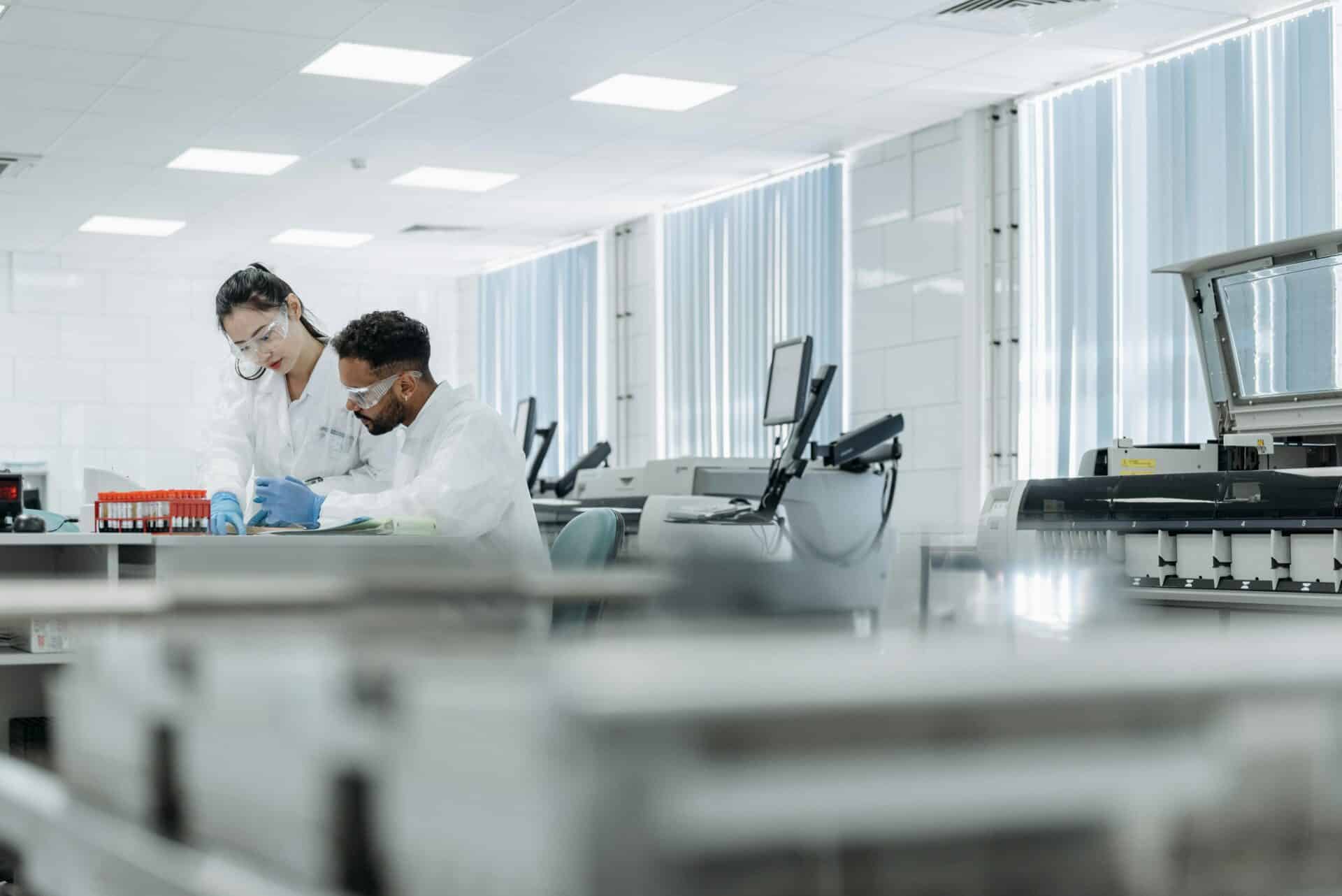If you have worked in a lab or have an interest in chemistry, you would understand the importance of ensuring accurate results. The Fourier Transform Infrared (FTIR) spectrophotometry is the most dependable instrument available in the recently refurbished labs. This blog will share seven benefits of using Agilent FTIR spectroscopy instruments and explain why this technology matters so much.
1. Rapid and Precise Results
The classic testing approach can slow you down, since it requires sample prep and time-consuming analysis. Using FTIR, it acquires information at all wavelengths simultaneously, so you’re obtaining precision results in minutes. And you’re not just saving time, you are also getting fine-grained data that you can trust, whether running quality control or attempting to solve hard problems in your research.
2. Minimal Sample Preparation
If you’ve dealt with lab work, you know that preparing samples can eat up most of your time. FTIR tests solids or gases with little to no pre-treatment, which means you’re reducing the chances of introducing errors during preparation. Since the sample isn’t heavily handled before testing, its integrity stays intact. Also, this is especially useful in labs that need to handle a wide variety of materials every day.
3. Works Across Many Materials
Another reason FTIR stands out is that you can use it to analyse polymers or environmental pollutants. Once you’ve got a spectrum, you can match it against set reference libraries to identify what you’re dealing with. For manufacturing, it ensures products stay consistent and safe. On the other hand, for researchers, it gives you the freedom to explore new materials and compounds with confidence.
4. Clear Identification of Substances
Each molecule has a distinctive “fingerprint” in the infrared. Well, with that, you can characterise unknown substances by matching up results with the spectral databases. That is what makes FTIR such a useful tool in the fields of forensics, environmental and drug analysis. If your critical decisions are influenced by data, you can’t afford to second-guess your label, and FTIR ensures that you won’t have to.
5. Non-Destructive Testing
With some older tests, one of the frustrating things is that after you’ve done the analysis, you have lost the sample. FTIR sample that remains after the test, and that is a huge advantage when you are working with limited resources. You’re also able to test the same without running it down. This not only minimises waste but also ensures you have trustworthy data, as you can keep rechecking your results.
6. Qualitative and Quantitative Analysis
FTIR doesn’t just stop at telling you what you have in your sample; it can also tell you how much of it is there. The intensity of absorption bands can be used for the estimation of the concentration of compounds. In a pharmaceutical application, what is characterised and concentration-dependent precision depends on identification. With FTIR, you get both with one tool, delivering reliable results.
7. Long-Term Cost Savings
At first glance, investing in an FTIR system means spending less time on sample prep, getting faster results, and using fewer consumables; your operational costs go down. Since FTIR doesn’t destroy samples, you reduce the need for repeated testing. Agilent FTIR spectroscopy instruments prove their worth by combining durability with strong performance, giving you value for years to come.
Why FTIR Matters
You get precision, speed, versatility, and savings when testing with an FTIR spectrometer. It’s solution-oriented in that it’s going to speed up your workflow, and it will reduce your cost burden, which is important to a lot of industries and researchers. If you are doing lab work and want consistent, quality results without wasting time or material, FTIR is not just a nice-to-have; it’s a vital tool.







